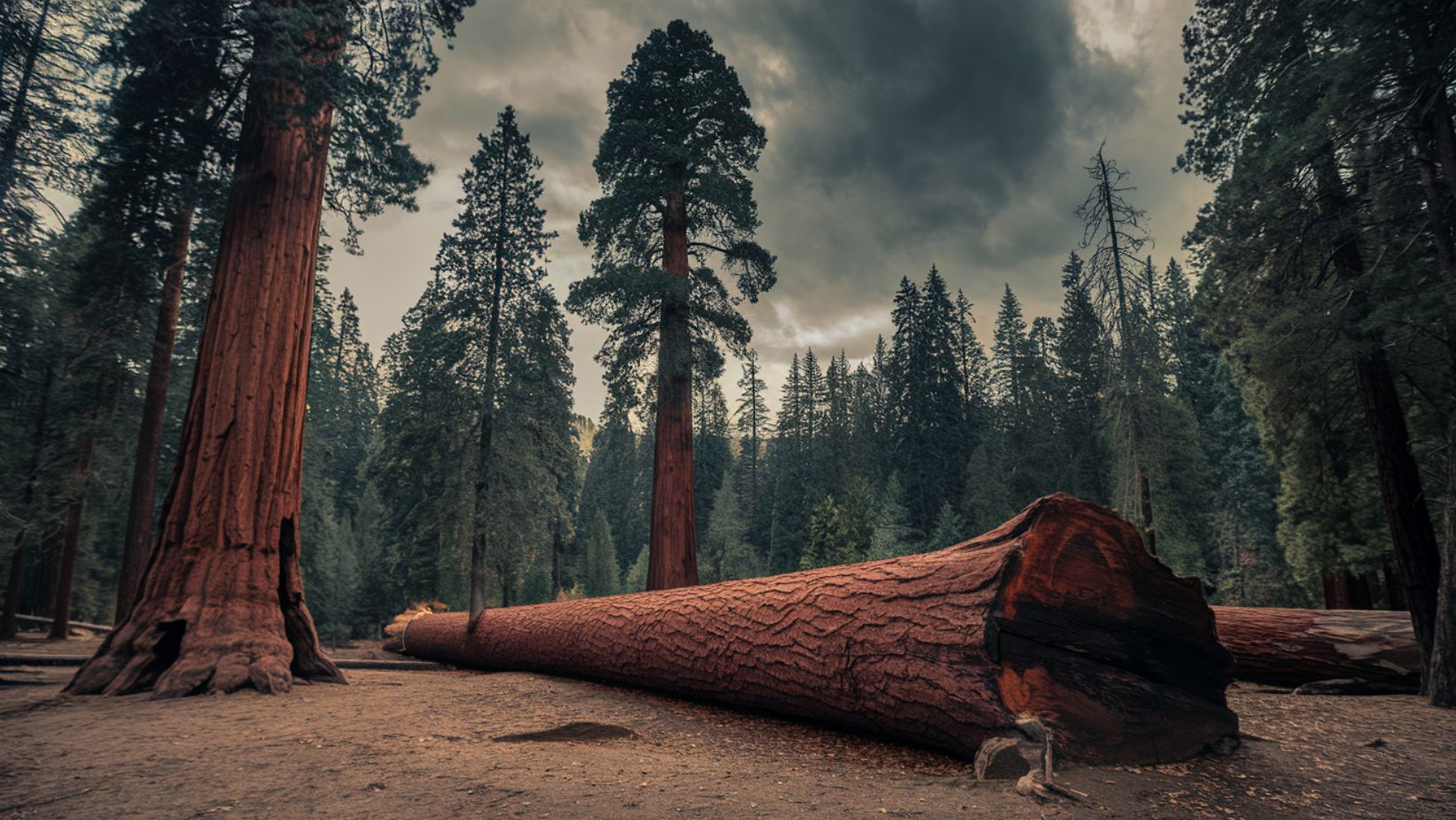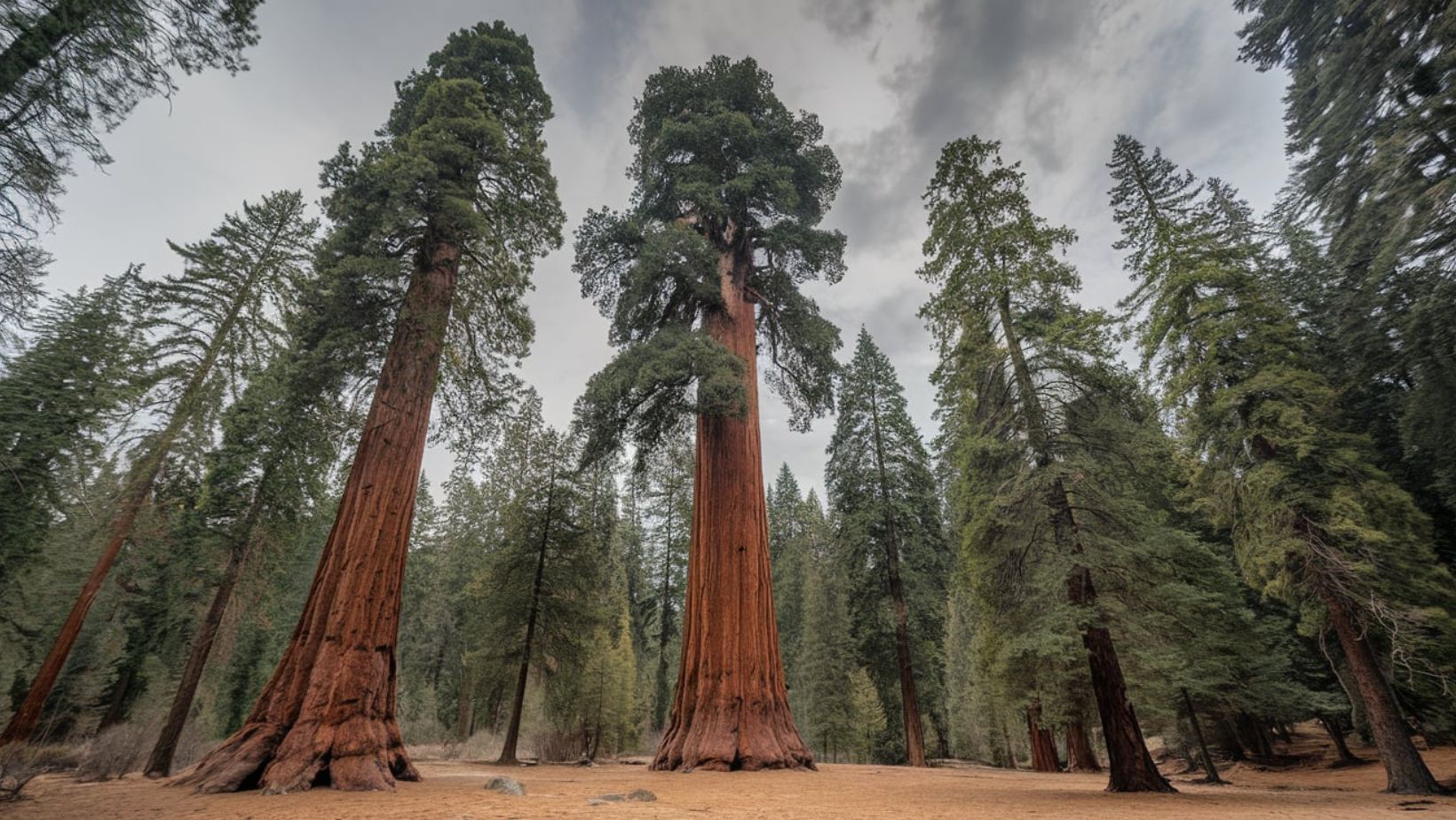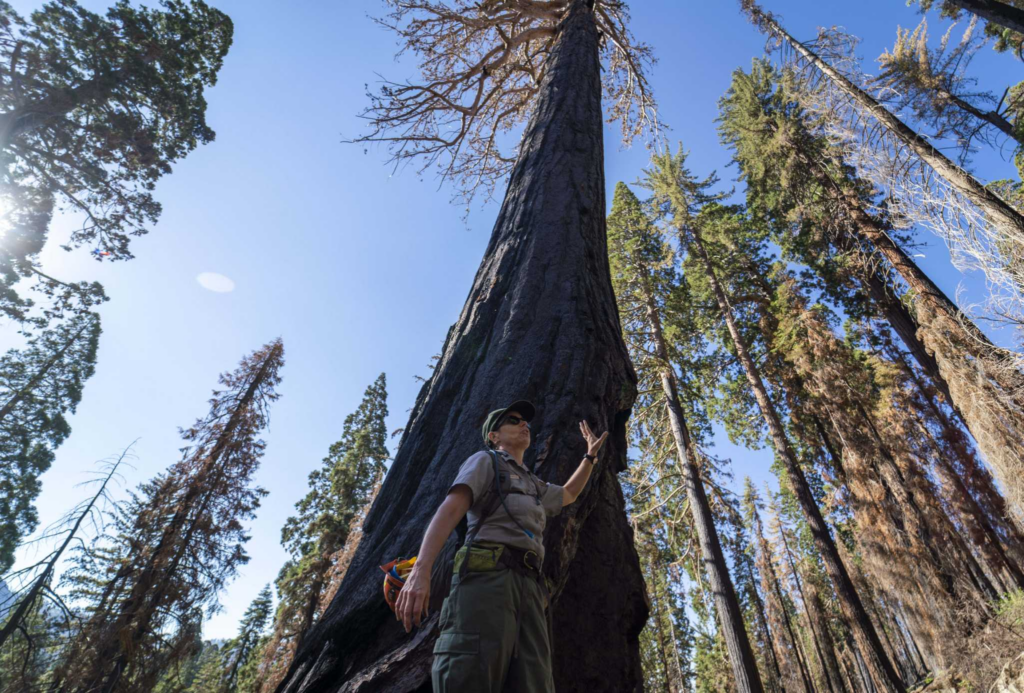California’s Thorton State Park has recently become the site of an unsettling phenomenon: the mysterious collapse of giant sequoias at an alarming rate. These towering trees, some of the oldest living organisms on Earth, are suddenly toppling without any apparent signs of disease or structural weakness. Scientists are at a loss, as traditional indicators of tree health do not seem to explain the rapid increase in falls. However, recent research suggests that a combination of geological and environmental factors, compounded by human activity, may be destabilizing the trees’ foundations. Intriguingly, indigenous knowledge may offer valuable insight into this perplexing issue, providing a potential roadmap to preserve these majestic trees for future generations.
Potential Causes of the Sequoia Collapses
The geological factors affecting the giant sequoias in California’s Thorton State Park are complex. One possible cause of the trees’ sudden collapses is the presence of underground rivers and caverns. These hidden water channels, like ancient riverbeds or eroded caverns, can slowly erode the soil around the roots of the trees, destabilizing their foundation. Over time, the shifting ground weakens the trees, contributing to their unexpected fall. Additionally, mineral-rich groundwater, especially when containing rare earth elements, may alter the soil’s composition. Such changes could affect the trees’ ability to secure themselves firmly to the earth, further compromising their stability. Even seismic activity, which might seem too minor to notice, could be having an effect. Micro-tremors, often too subtle for people to feel, might gradually loosen the roots or exacerbate weaknesses in the soil, making the trees vulnerable.
Environmental factors also play a significant role. Climate change, with its increased frequency of extreme weather events, could be stressing the sequoias. Droughts reduce the water available to the trees, and heatwaves may further deplete their resilience. These stresses, combined with unstable soil conditions, leave the trees more susceptible to collapse. While no direct signs of disease have been found in the trees, underlying health issues might still be present. Insects and pathogens often infiltrate weakened trees, gradually damaging them over time. Even if the symptoms of disease aren’t immediately obvious, these hidden factors could be accelerating the trees’ decline.
Interestingly, Native American tribes have long understood the cyclical nature of sequoia life. Their knowledge of “falling cycles,” where trees collapse in clusters at irregular intervals, suggests that these events are part of a natural rhythm in the forest. This ancient wisdom aligns with modern scientific findings, showing that the phenomenon may not be as unusual as it seems. Native communities’ Traditional Ecological Knowledge (TEK) offers valuable insights into the life cycles of these trees and the forest ecosystem as a whole. By integrating indigenous knowledge with contemporary research, scientists might uncover new conservation methods, ensuring the protection of these iconic trees for generations to come.

Potential Solutions
While the exact cause of the sequoia falls in California’s Thorton State Park remains unclear, various potential solutions and conservation efforts could help protect these iconic trees and their surrounding ecosystem.
One critical approach is the implementation of continuous monitoring systems. By tracking factors like soil conditions, groundwater levels, seismic activity, and the overall health of the trees, scientists and park staff can detect early signs of stress. For example, changes in soil moisture or seismic activity could signal which trees are at risk of collapse, enabling quicker intervention. Automated warning systems could also be set up to alert both park staff and visitors about potential hazards, ensuring their safety while protecting the trees.
In addition to monitoring, focused conservation efforts are essential for safeguarding the sequoias. Protecting the surrounding ecosystem is key, as reducing human impact in the park and adopting sustainable practices can help mitigate stress on the trees. Land management strategies, including water conservation practices, are especially important to ensure that the trees receive adequate moisture, especially in the face of increasing climate change pressures. Research into the specific geological and environmental factors affecting the trees will also inform targeted conservation strategies. If mineral-rich groundwater or seismic activity is identified as a significant factor, solutions like reinforcing the soil or creating protective barriers could be explored.
Finally, integrating traditional ecological knowledge from Native American tribes offers an invaluable perspective. These communities, with their deep understanding of the forest’s rhythms, may provide insights into how to manage the trees more effectively. Collaborating with Native American tribes to incorporate their observations and practices into modern conservation strategies could lead to sustainable solutions. Such collaborations might include educational programs, ecological restoration projects, and more meaningful integration of indigenous wisdom into park management, ensuring that both modern science and traditional knowledge work together to protect the sequoias for future generations.
Thornton State Beach: A Scenic Coastal Gem
Thornton State Beach is a picturesque coastal park located in Daly City, California. Known for its stunning ocean views, rugged cliffs, and diverse wildlife, it offers a serene escape from the hustle and bustle of city life.
Key Features and Attractions:
- Scenic Overlook: The park features a breathtaking overlook platform, offering panoramic views of the Pacific Ocean.
- Hiking Trails: Explore the park’s hiking trails that wind along the cliffs, providing opportunities to spot marine life and enjoy the fresh ocean air.
- Beach Access: While the beach itself may not be accessible due to erosion and safety concerns, the park offers a safe and enjoyable experience.
- Wildlife Viewing: Keep an eye out for a variety of bird species, marine mammals, and other wildlife that inhabit the area.
- Picnic Areas: Relax and enjoy a picnic with family and friends in designated picnic areas.
A Note on Accessibility:
Due to ongoing erosion and safety concerns, certain areas of the park may be closed to the public. It’s advisable to check the latest updates from California State Parks or the Daly City Parks and Recreation Department before visiting.

Conclusion
The fall of California’s giant sequoias presents a complex challenge, blending geological, environmental, and cultural factors. While the precise cause of the collapses remains uncertain, the combination of scientific research and indigenous knowledge offers a promising avenue for finding solutions. By implementing monitoring systems, focusing on conservation efforts, and collaborating with Native American tribes, it is possible to protect these extraordinary trees and ensure their survival for generations to come. Through such collaboration and innovative thinking, we can work towards a more sustainable future that honors both modern science and ancient wisdom.
Related Content
- California’s Giant Sequoias Are in Big Trouble
- The Paulownia: A Tree with Exceptional Virtues in the Fight Against Climate Change
- Climate Change Drives Tree Species Towards Colder, Wetter Regions
- Unveiling Forest Vulnerability: Surprising Revelations in Tree Sensitivity to Drought Climate Uncertainty Unveiling Forest Vulnerability: Surprising Revelations in Tree Sensitivity to Drought
- Artificial tree’ from Switzerland to produce green hydrogen
- Green Celebrations: Embrace Sustainability with These Top Three Christmas Tree Options in 2023
- Bamboo: The Eco-Friendly Wonder Material Transforming Modern Design
- California’s redwoods and giant sequoia can survive – National Geographic
- Climate change: Giant sequoias are dying
- Giant Sequoias Are Being Tested – Perhaps as Never Before
- Suppressing wildfires is harming California’s giant sequoia – Reddit


